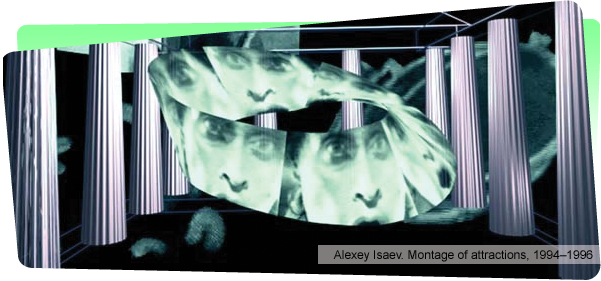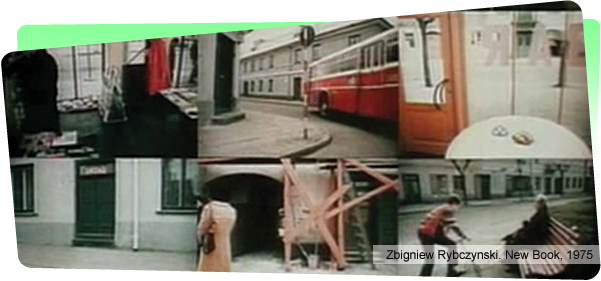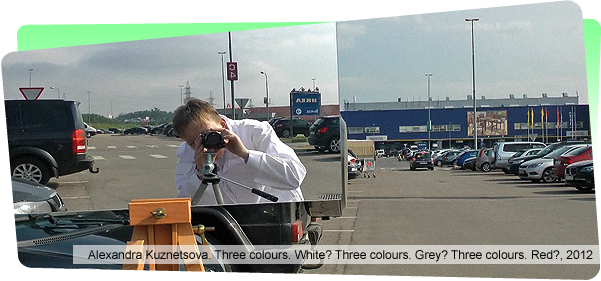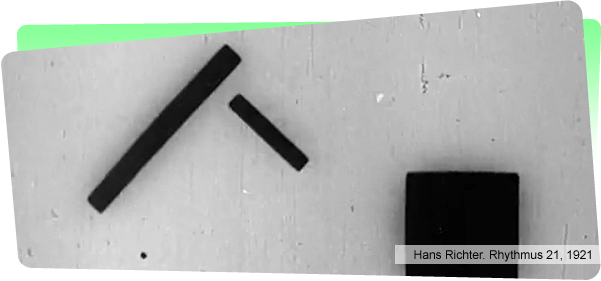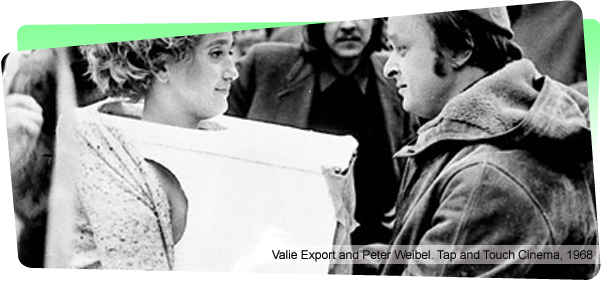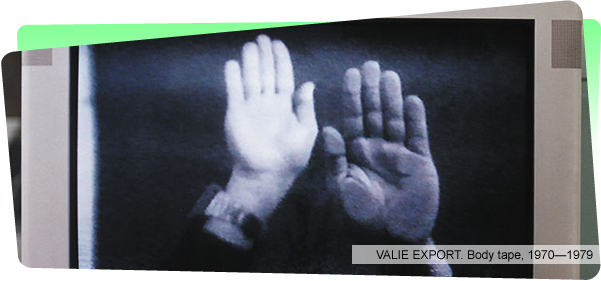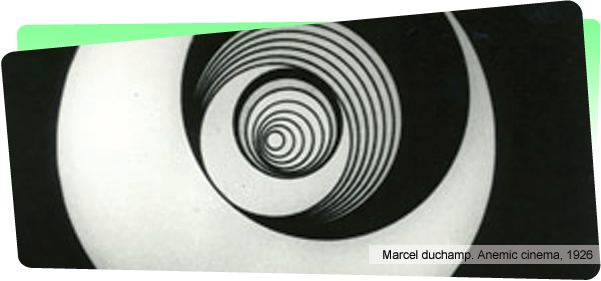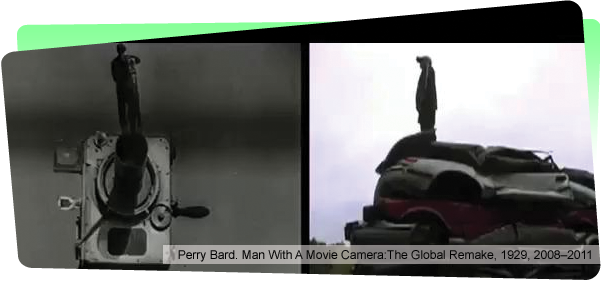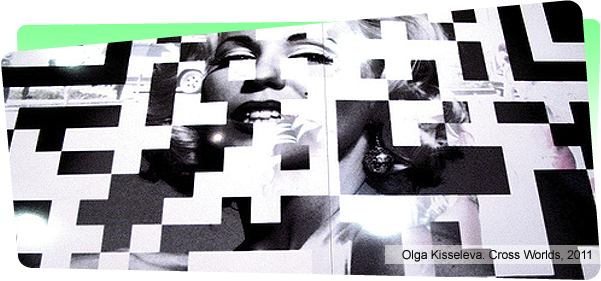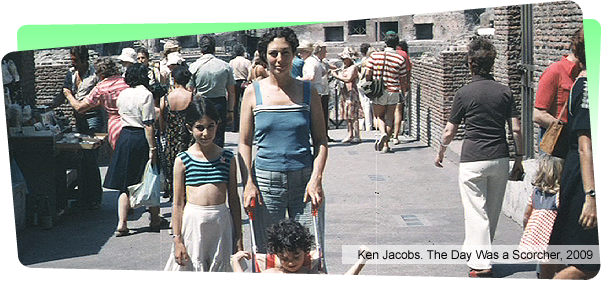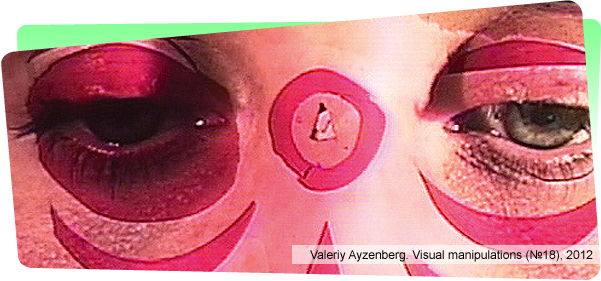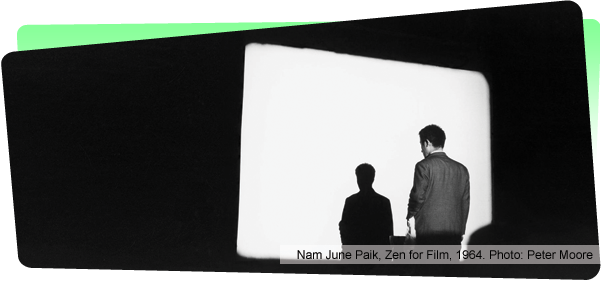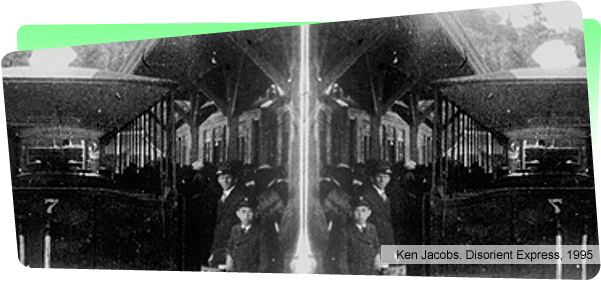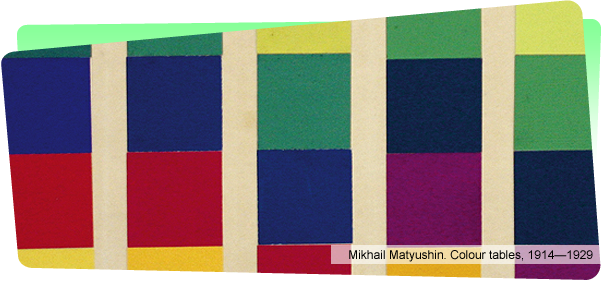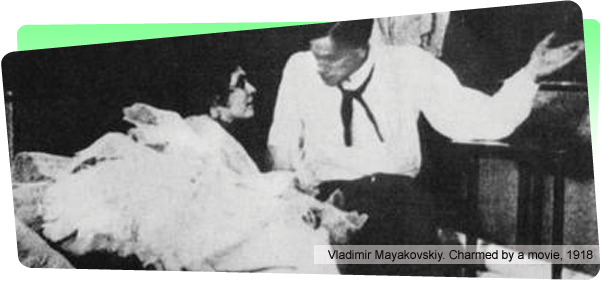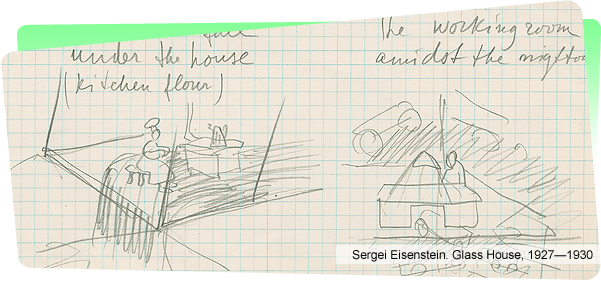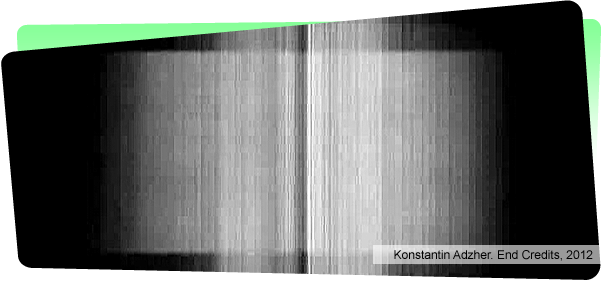Media Forum Closing. Lecture by Peter Greenaway

About Media Forum

Schedule

Exhibition "The Immersion: Towards the Tactile Cinema"

Educational programmes

Media Festivals: Let’s Rock! Programme

For Press

Partners

Contacts
V. Interactive Cinema
The Interactive Cinema that unfolds with viewers’ participation is the fifth section comprised of works by Zbigniew Rybczyński, Chris Hales, Boris Debackere, Perry Bard, Mark Amerika and Olga Kisseleva.
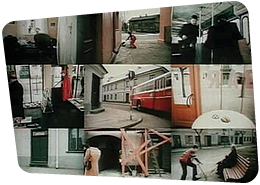 Zbigniew Rybczynski
Zbigniew Rybczynski
Nowa Ksiazka (New Book)
Poland, 1975
10'26'', 35mm short film, SMFF Se-Ma-For Lodz
Courtesy of the artist
The screen is divided into nine different squares. Each representing one place. The uniting element of all the actions is a book passed from one hand to the other. All stories run parallel, as if in realtime, yet linked in a linear way at the same time through the narrative of the action.
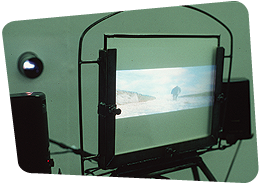 Chris Hales
Chris Hales
One-Person Touchscreen Cinema Showing 9 Interactive Movies
UK, 1995—2001
Touchscreen installation
Courtesy of the artist
The installation contains a collection of experimental interactive movies made by the artist during several years, they are characterized by being live-action works in which the visual metaphors for interaction are inherent in the filmic material, rather than being added on as graphic icons or complicated interface systems. The means that the movies do not stray too far from recognizable modes of filmmaking, nor do they deconstruct or reinvent definitions of the word "film": the innovation is in the interaction and the type and structure of the story. The films can be selected on the touch screen from a menu which divides the works into different categories - seven of the films were specifically created for the tactility of the touchscreen, the remainder investigate multiscreen representation.
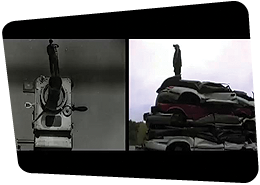 Perry Bard
Perry Bard
Man With a Movie Camera: The Global Remake
From 1999
Project documentation, video, loop
Courtesy of the artist
"Man With a Movie Camera: The Global Remake" is a participatory video shot by people around the world who are invited to record images interpreting the original script of Vertov’s "Man With A Movie Camera", upload them to http://dziga.perrybard.net where software developed specifically for this project archives, sequences and streams the submissions as a film. As people can upload the same shot more than once infinite versions of the film are possible. Uploads become part of a worldwide montage, a new film streams daily on the website. The work explores the capabilities of the internet to achieve global collaboration by encouraging culturally diverse participation and by developing software which accepts input from many sources from mobile phone to screen-grab. To ensure that uploads would not be from the usual places twelve non-western foreign correspondents were commissioned whose role is to organize the upload of shots in their parts of the world.
"Man With A Movie Camera" was selected because of Vertov’s intentions to document daily activities. The film itself is a database of shots structured around a day from sunrise to sunset. That day is synthesized using footage from three different cities and interrupted by a second narrative which is the diary in the life of a cameraman (a worker). It is edited in anything but a linear fashion using techniques as sophisticated as today’s video editing softwares. In creating the database version Vertov’s experiment marches into the 21st century raising issues about media production in the age of youtube.
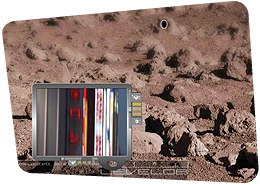 Mark Amerika
Mark Amerika
FILMTEXT
USA, 2002
Installation
Courtesy of the artist
"Created in the tradition of filmmakers such as Dziga Vertov, Jean-Luc Godard, Maya Deren, and Chris Marker, the online version of FILMTEXT attempts to translate cinematic language into more multi-linear navigational forms associated with emergent new media genres such as net art, hypertext, and motion graphic pictures. The work was created in collaboration with Chad Mossholder, John Vega, and Jeff Williams. The manipulated images used in this work of digitally expanded cinema were shot on location at the Haleakala Crater, a vast desert landscape atop a dormant volcano that reigns high above the South Pacific on the island of Maui. Other significant video location shoots took place in the Australian Outback as well as in the dynamic urban zones of Tokyo, Japan, and Hong Kong, PRC. Each of the video shoots required extensive research, travel, technical training, and coordinating a small crew of assistants.
Besides experimenting with recently released digital video hardware and software technology, FILMTEXT is more importantly a fictional investigation of what it means to be human in a post-apocalyptic media environment. Borrowing from pop culture genres such as science fiction, cyberpunk, and interactive game environments, the work concerns itself with the idea that “language is a virus” (William Burroughs) and investigates the nature of computer, biological, and media viruses via an abstract expressionistic interplay between the semantic imagery, the audio loops, and the various cryptic texts embedded in the design interface. The work invites the interactive-participant to navigate their way through an ambient game space where “going to the next level” never guarantees anything except the opportunity to produce new versions of the work you are navigating your way through. In this regard, FILMTEXT is a philosophical investigation that plays with the animated Internet environment and its supposedly liberating potential to help free us from some of the encumbrances of material reality".
Mark Amerika
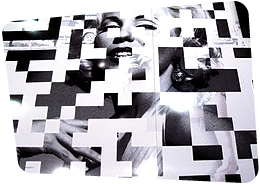 Olga Kisseleva
Olga Kisseleva
CrossWorlds: From a Theory of Corrective Codes to Political Manipulation
Russia, 2008
Interactive installation, semacodes, 2D e-tags
Project documentation, 3 color prints, 120x120 mm
Courtesy of the artist
CrossWorlds is a set of interactive and selfgenerating electronic tags. A computer program connects, with equal periodic intervals, to the Internet server Wall Street, finds there information about the Dow Jones indices and generates e-tags that encode a choice of political messages (slogans) depending on the Dow Jones index values. The slogans are taken from Soviet and American propaganda of the Cold War era. When the indices rise, the algorithm generates American slogans, when they drop the screen shows messages based on Soviet slogans.
This installation was created for the "Transmediale" festival that in 2008 ran under the motto "Conspire": Hidden Intentions, Hidden Messages, Hidden Objects, etc. It was set at The House of World Cultures (Das Haus der Kulturen der Welt, HKW) in Berlin. Having found yourself at HKW for the first time, you get a clear feeling of an atmosphere that was prevalent in Soviet "Palaces of Culture" in the 1970s (Olga Kiseleva, a school student and a member of Komsomol (The Communist Union of Youth) at the time, attended piano and classical choreography lessons at just such a place). Yet, HKW is not a product of Eastern Germany. This famous building had been donated — as a token of friendship — to Berlin by Americans in the 1950s, who in this way "marked" the city territory as their own. Thus, the building walls themselves were, so to speak, embedded with slogans of American propaganda and gave evidence to the absolute superiority of USA in all fields. What is interesting, though, is that HKW building is very much alike the buildings that were being constructed by the Soviet Union at the same time on the other side of Berlin wall. We found this fact very intriguing and it led us to an idea of comparative analysis of the cultural similarity of the two political blocks in that epoch.
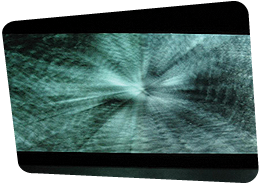 Boris Debackere Probe
Boris Debackere Probe
Belgium, 2008
Interactive installation, generative audiovisual software, color, no language
Sound & image design: Boris Debackere
Software design: VVVV, Sebastian Gregor
Sensor application: V2_ Lab
Probe is an Auguste Orts Production and is produced with the support of the Flanders Audiovisual Fund
© Boris Debacker/ Auguste Orts Production and is produced with the support of the Flanders Audiovisual Fund
"Probe — noun, an unmanned exploratory spacecraft designed to transmit information about its environment.
Cinema is a virtual capsule with a projection screen as a window, which gives access to an audiovisual trip through time and space. As soon as the film starts the projection surface becomes invisible. It becomes the magic window of the cinema capsule that engages the whole body through the eyes and ears, and abducts you to another time and space. The film machine transforms reality by generating mental activity in the viewer: cinema as a dream machine for condensed experiences and emotions.
Probe is an interactive installation in which the relationship between the viewer and the screen is central. The position of the viewer determines the creation of generative sound and image that physically take the viewer on an audiovisual trip".
Boris Debackere

